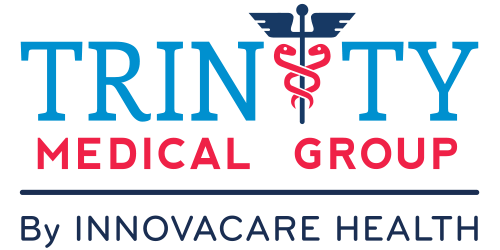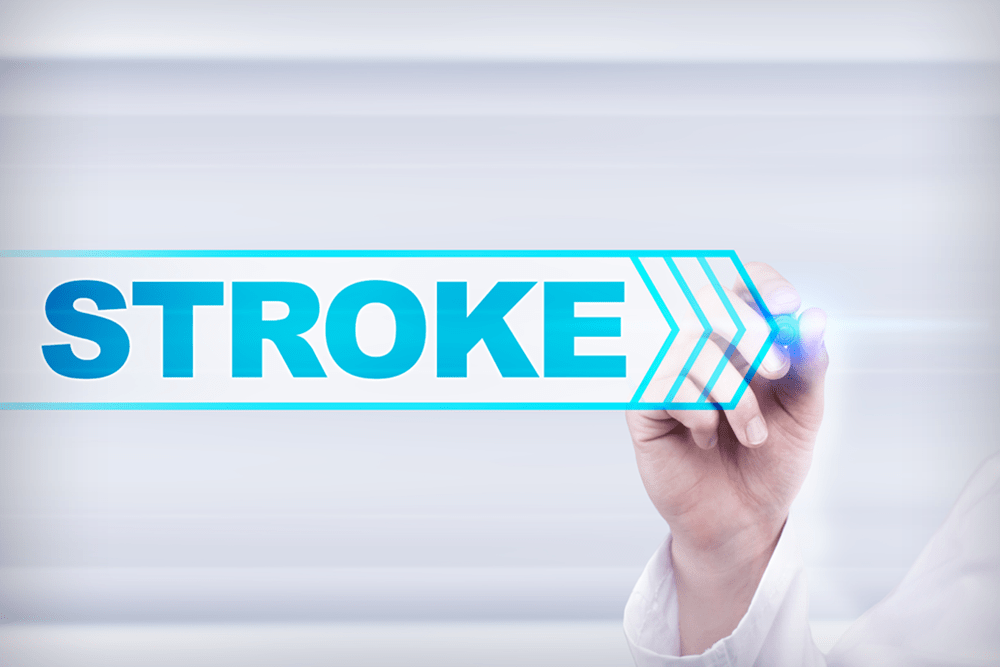Stroke is a disease that affects the arteries within and leading into the brain. Many believe that strokes aren’t preventable or treatable, but in reality, they are. Read on to learn more about the types of strokes and steps you can take in prevention.
What Is A Stroke?
When a blood vessel carrying oxygen and nutrients to the brain is blocked or ruptured, a stroke occurs. During a stroke, blood flow can’t reach a particular region of the brain, which causes brain cells to die. As brain cells die the associated body function is affected and won’t function normally.
How a person is affected by a stroke depends on where the stroke occurs in the brain and how much of the brain is damaged. For example, someone who had a small stroke or a TIA may only have minor problems such as temporary weakness of an arm or leg. People who have larger strokes may be permanently paralyzed on one side of their body or lose their ability to speak.
Some people recover completely from strokes, but over 2/3 of survivors will have some type of disability or need therapy. Check out these interesting statistics about strokes.
Types of Strokes
There are 2 types of strokes: Ischemic and Hemorrhagic.
An ischemic stroke is caused by a clot obstructing blood flow to the brain. When blood vessels in or leading to the brain become blocked, blood flow is restricted enough to cause brain cells to die, which affects the associated area of the body. When blood flow to part of the brain stops for a short period of time, also called a transient ischemic attack (TIA), it can mimic stroke-like symptoms. These last less than 24 hours before disappearing. Ischemic strokes are treatable thanks to modern medicine. Blood-thinning medications can help remove blockages as well as other treatments.
A hemorrhagic stroke is caused by a brain aneurysm bursting or by a weakened blood vessel leaking. While the least common of the two types of stroke, it most often results in death.
Signs of A Stroke
Learn the signs by thinking FAST:
F – Face drooping
A – Arm weakness
S – Speech difficulty
T – Time to call 9-1-1
Other symptoms include confusion, trouble speaking or understanding. Sudden trouble seeking in one of both eyes. Sudden trouble walking, dizziness, loss of balance or coordination. A sudden and severe headache no known cause. Sudden numbness or weakness of the face, arm or leg –especially on one side of the body.
If you or someone you know experiences these symptoms, immediately call 9-1-1.
Prevention
Risk factors can vary for each person. Controlling them may simply be a matter of you making up your mind to change your routines, or you may require a form of medical intervention. Either way, stroke is a preventable brain attack if the right steps are taken. If you have questions about these risk factors, please consult your primary care physician as soon as possible. The most common modifiable risk factors include the following:
High Blood Pressure (Hypertension): High blood pressure is the single most important risk factor for stroke. Elevated blood pressure promotes atherosclerosis or thickening of arterial walls. This puts added stress on blood vessel walls. Hypertension can go unnoticed because there may be no obvious symptoms. It is important to regularly check and control your blood pressure. A healthy reading is about 120/80. Readings consistently above 140/90 indicate your blood pressure is in or reaching the danger zone.
You can help keep your blood pressure in check by limiting your intake of sodium. Sodium can be abundantly found in many processed foods like cold cuts, canned soup, and frozen dinners. Also aim to drink alcohol in moderation or not at all, exercise regularly, and keep your weight at a healthy level. In addition, your doctor can prescribe medications that can help lower your blood pressure.
Diabetes: Diabetes causes circulatory problems in your body and increases the risk of stroke. There are two kinds of diabetes, Type I (insulin dependent) and Type 2 (non-insulin dependent). People with either type of diabetes generally have one or more other risk factors for stroke: heart disease, high cholesterol, and high blood pressure, all of which increase a person’s chances of having a stroke or a heart attack.
High Cholesterol: Too much cholesterol or plaque build-up can cause abnormal blood flow and increase the risk of stroke. This is because of clogged arteries, which can lead to a stroke. High cholesterol can also increase the risk of heart disease and atherosclerosis, which are also both risk factors for stroke. Aim for an overall cholesterol reading of less than 200. You should also have an HDL (good cholesterol) reading above 40, and an LDL (bad cholesterol) reading of less than 100.
Overall, the best defense is a healthy diet. Eat plenty of whole grains, fruits and vegetables and foods low in saturated fat. Your doctor can prescribe medications that can help lower your cholesterol as well, however.

 Call Lakeland
Call Lakeland
